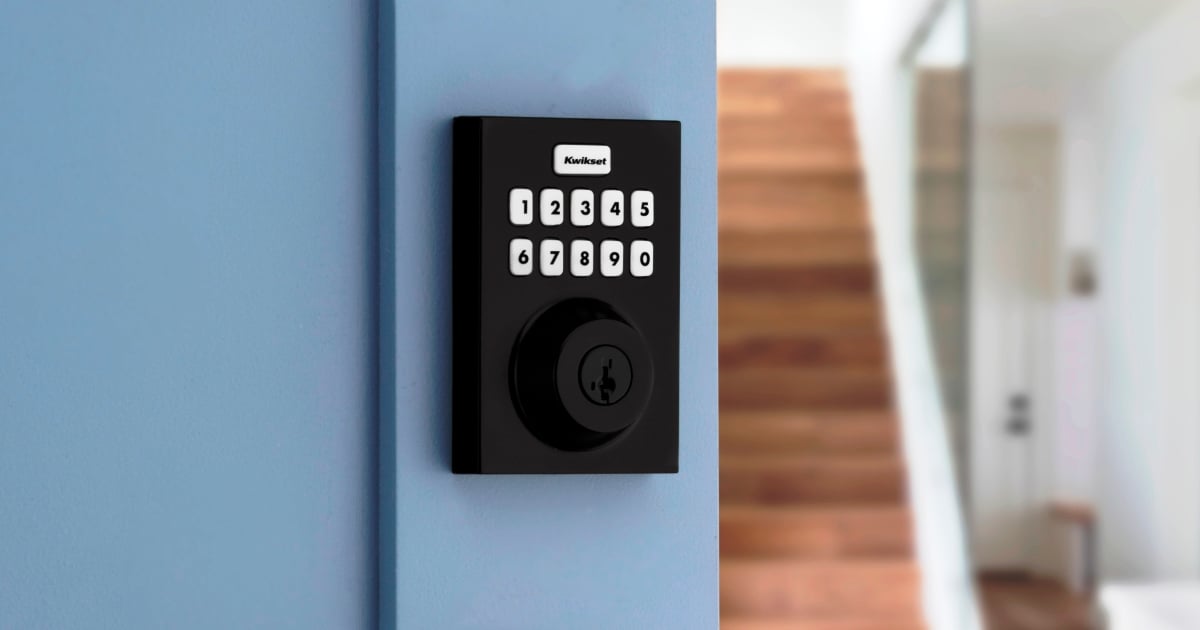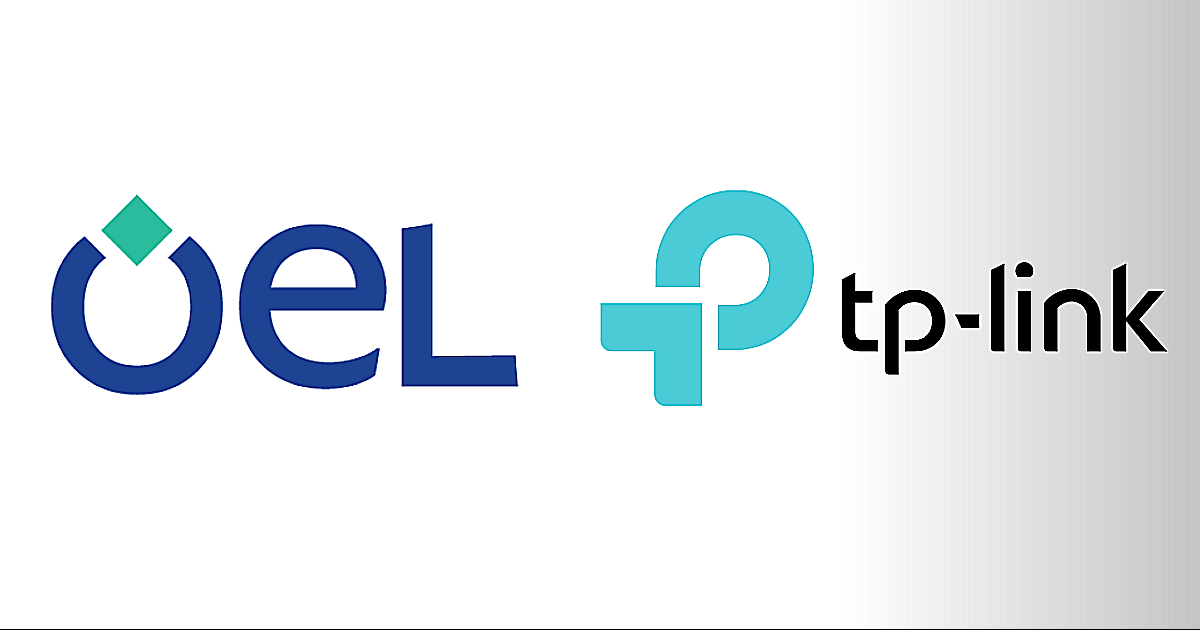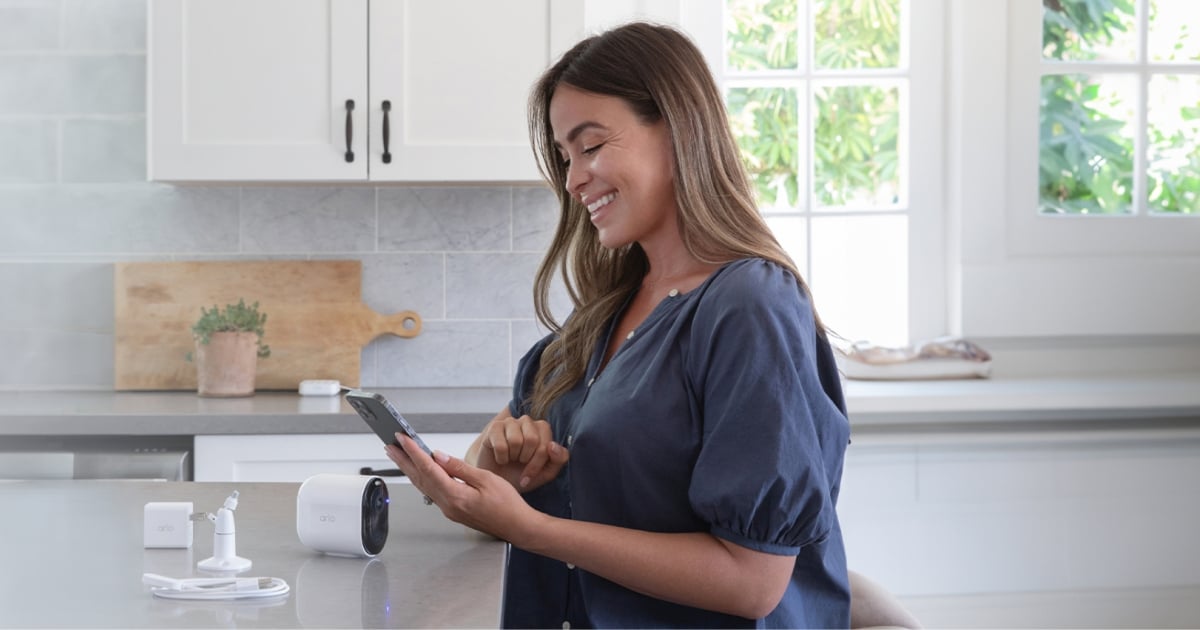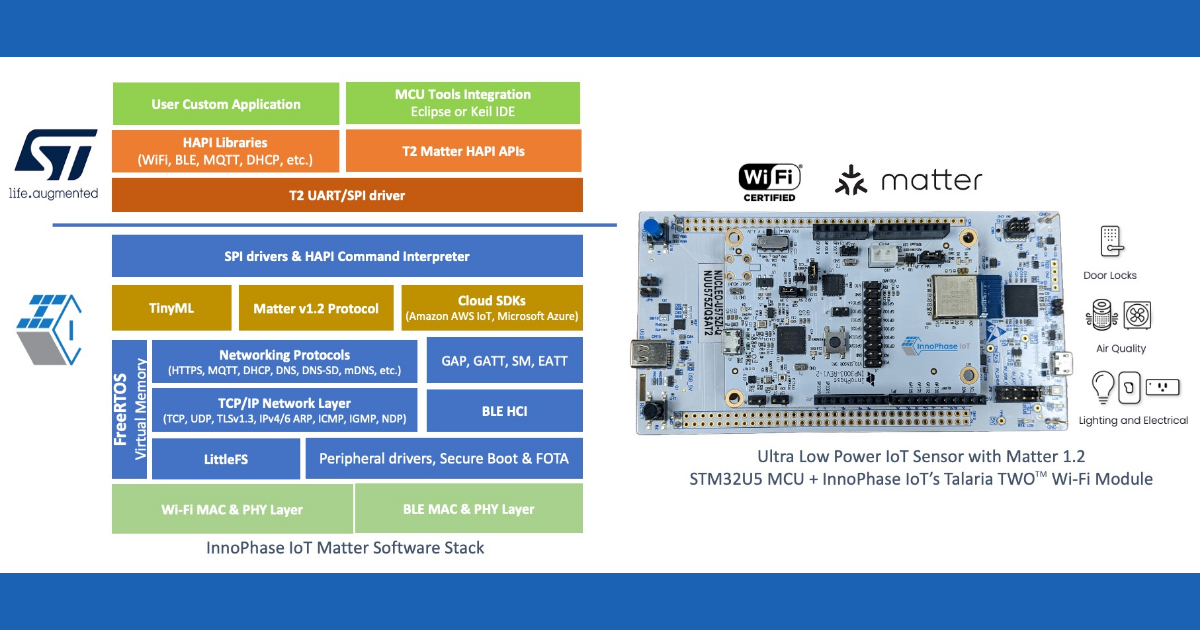The connected home brings up the image of a myriad of smart devices, applications and platforms addressing a consumer’s lifestyle. The quick proliferation of IoT has made this area notoriously synonymous with vast data streams and compiled intelligence in need of processing and analytics.
While that conundrum in M2M communication and the ever-increasing number of connected devices vying for their inclusion within the network reaches the inflection point, a huge hole still remains unattended— the focus on the consumer. Incorporation of human behavior analysis into the innovation process for smart devices can offer significant inputs towards making them function more accurately and predictably.
Motion sensors and cloud cameras attempt to offer a level of behavioral sensing in connected home products. In addition, voice recognition systems have been around for a while. However, false diagnosis and unpredictable results are a small part of their list of cons. Interpreting human behavior patters from responses obtained from these technologies is risking, deliberately, the transfer of highly flawed information to connected devices and systems that will act upon it. Recognizing and incorporating the importance of human behavior pattern prediction into the functioning of these systems is a feature that connected home solutions providers cannot overlook.
The connected home market has expanded rapidly and it is still very much the playground of a few groups of vendors, home security solution providers being a prominent category. Ironically, the majority of them depend on either motion sensors or video feeds to enable their solutions. Besides the obvious threat to privacy and anonymity, there are other issues such as post processing, hosted storage and maintenance. As evolutions in the IoT realm goes further, the connected home network is increasingly becoming vulnerable to breaches. Also, the nuisance of dealing with numerous false notifications reduces the appeal. Actual intrusion detection is sometimes as feeble as 2 percent of the total number of notifications. Leaves rustling or the occasional rodent jumping around make up the rest.
The issue can be addressed by low-cost image sensors working with advanced embedded imaging and computer vision technology. This is an area of innovation that is just beginning to unfold, with a growing number of connected home solution suppliers recognizing the value that can be added to their offerings. United Kingdom-based Apical currently offers this technology through their ART system, which is already complementing smart phones and voice recognition systems within the connected home. The company’s partnership announced this morning with Tend, based out of Fremont, California, is expected to bring people-detection capabilities into home security and surveillance and reduce false alarms. Tend’s latest offerings within its Vision-as-a-Service (VaaS) platform for the connected home will incorporate the concept of Smart Detection powered by Apical’s ART system.
For instance, the use of image sensors in ART to generate digital representations of a person based on trajectory, pose and gesture can allow home devices to respond to and predict intent and needs without any image generation. More importantly, the richness of contextualized and predictable information allows for better decision making capabilities. This could offer a credible enhancement to various connected systems and devices by enriching performance through correct distinctions between human and non-human events.
Though still at early stage, a critical consideration is the affordability of solutions and immediate benefits to the consumer. A service-based model as opposed to a product-driven push could be justified, given the low up-front costs to the consumer. Continued benefits from added-on features and services make it a compelling value proposition. From a market development standpoint, this could potentially propel technology and service providers with innovative offerings into the market, without them having to work ground-up.
Edited by
Ken Briodagh





